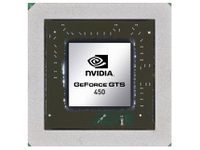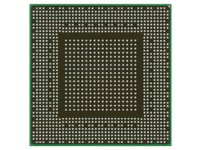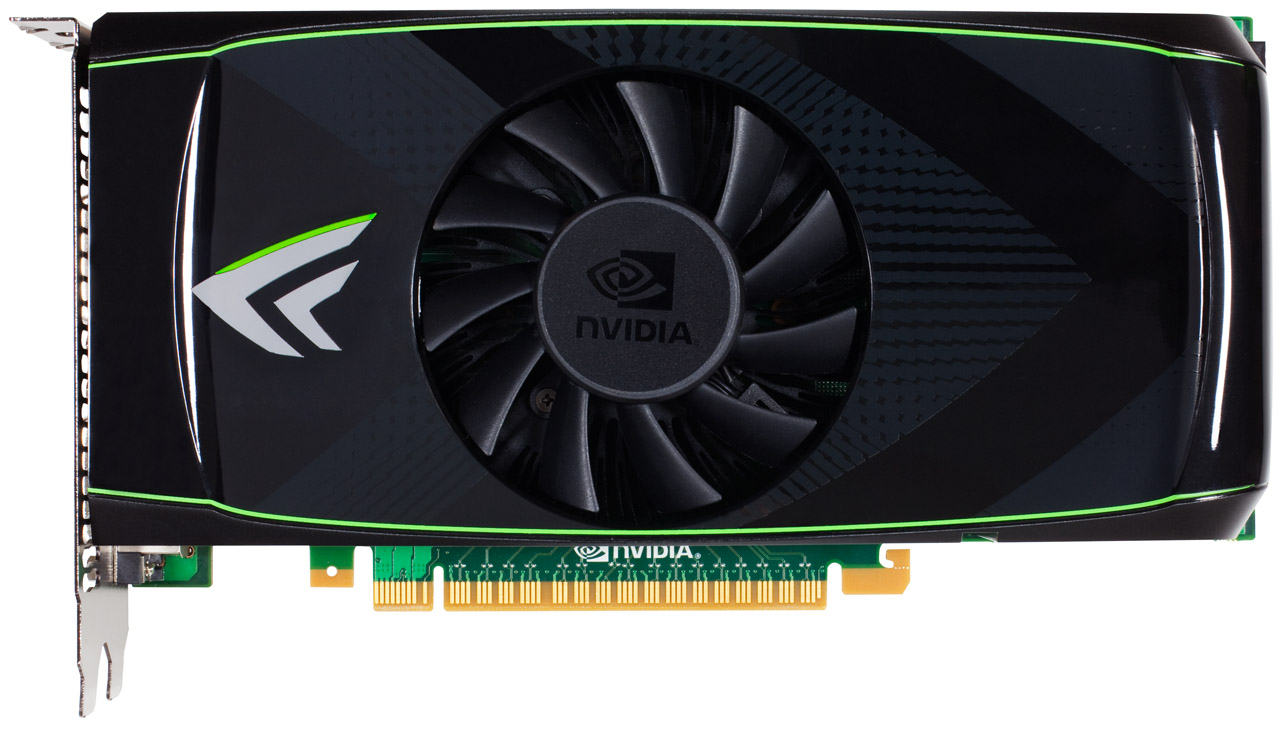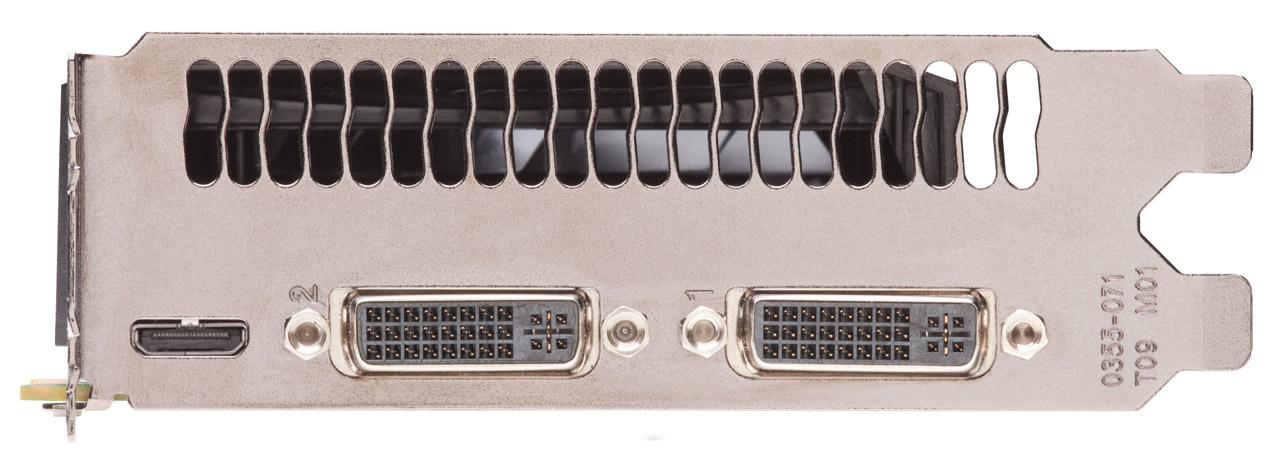Nvidia GeForce GTS 450: Hello GF106, Farewell G92
After dutifully serving the mainstream gaming community for three years, Nvidia's G92 is finally being played out. Meet GF106, the little engine behind GeForce GTS 450. Is this 192-core part still potent, or did Nvidia cut too much from G92's replacement?
GF106: Nvidia Revisits The Mainstream
Enthusiasts have a love/hate relationship with Nvidia’s mainstream efforts. On one hand, the company’s G92 graphics processor, launched nearly three years ago (I know, can you believe it has been that long?) and served up killer performance for roughly $200. It was a true staple. On the other hand, G92 was the best Nvidia could do for nearly three years, and it lasted right up until…well, now. There really was no GT200-based solution capable of displacing G92 at its price point.
Sure, the manufacturing technology shrunk a bit (from 65 nm to 55 nm) and G92’s prices dropped over time to accommodate GeForce GTX 260. But we saw the same piece of silicon go from GeForce 8800 GT to several flavors of GeForce 9-series, to GeForce GTS 250. Hell, Nvidia even tried to convince us that G92 could pass as a mobile GeForce GTX 285M. Tsk, tsk.


At long last, Nvidia is sending G92 to the glue factory, replacing it with the GF106 on the company’s new GeForce GTS 450. The most distinguished addition, previously unavailable from Nvidia’s entry-level portfolio, is of course DirectX 11 support. High-definition Blu-ray audio can be bitstreamed over HDMI using GTS 450, and Blu-ray 3D video is supported, too.
GF106 is a 1.17 billion transistor chip manufactured on TSMC’s 40 nm process. As it sits on the GeForce GTS 450, Nvidia clocks the GPU’s fixed-function logic at 783 MHz. The CUDA cores run at 1566 MHz. And the 1 GB GDDR5 frame buffer is set to a 902 MHz clock rate, which turns into a 3608 MT/s data rate.
| Header Cell - Column 0 | GeForce GTS 450 | GeForce GTX 460 | GeForce GTX 465 | GeForce GTX 470 | GeForce GTX 480 |
|---|---|---|---|---|---|
| Graphics Processing Clusters | 1 | 2 | 3 | 4 | 4 |
| Streaming Multiprocessors | 4 | 7 | 11 | 14 | 15 |
| CUDA Cores | 192 | 336 | 352 | 448 | 480 |
| Texture Units | 32 | 56 | 44 | 56 | 60 |
| ROP Partitions | 2 | 4/3 | 4 | 5 | 6 |
| Graphics Clock | 783 MHz | 675 MHz | 607 MHz | 607 MHz | 700 MHz |
| Shader Clock | 1566 MHz | 1350 MHz | 1215 MHz | 1215 MHz | 1401 MHz |
| Memory Clock | 902 MHz | 900 MHz | 802 MHz | 837 MHz | 924 MHz |
| GDDR5 Memory | 1 GB | 1 GB / 768 MB | 1 GB | 1.25 GB | 1.5 GB |
| Memory Interface | 128-bit | 256-bit / 192-bit | 256-bit | 320-bit | 384-bit |
| Memory Bandwidth | 57.7 GB/s | 115.2 GB/s / 86.4 GB/s | 102.6 GB/s | 133.9 GB/s | 177.4 GB/s |
| Texture Filtering Rate | 25.1 GTex/s | 37.8 GTex/s | 26.7 GTex/s | 34 GTex/s | 42 GTex/s |
| Connectors | 2 x DL-DVI, 1 x mini-HDMI | 2 x DL-DVI, 1 x mini-HDMI | 2 x DL-DVI, 1 x mini-HDMI | 2 x DL-DVI, 1 x mini-HDMI | 2 x DL-DVI, 1 x mini-HDMI |
| Form Factor | Dual-slot | Dual-slot | Dual-slot | Dual-slot | Dual-slot |
| Power Connectors | 1 x 6-pin | 2 x 6-pin | 2 x 6-pin | 2 x 6-pin | 1 x 6-pin, 1 x 8-pin |
| Recommended Power Supply | 400 W | 450 W | 550 W | 550 W | 600 W |
| Thermal Design Power | 106 W | 160 W/150 W | 200 W | 215 W | 250 W |
| Thermal Threshold | 95 degrees C | 104 degrees C | 105 degrees C | 105 degrees C | 105 degrees C |
Meet The GeForce GTS 450
Perhaps you were expecting a graphics card smaller than the GeForce GTX 460? After all, this model’s GPU is one-half as complex with an aggregate memory bus one-half of the width. But the GeForce GTS 450 actually looks exactly like the GTX 460. The reference card, at least, is 8.5” long and it sports the same ultra-quiet 75 mm fan. No doubt, third-party vendors will be just as creative with their cooling solutions—and we already have a roundup of GeForce GTS 450 cards in the works, similar to our recent GeForce GTX 460 1 GB roundup.
As with the GeForce GTX 460 (and all of Nvidia’s other Fermi-based cards thus far), the GTS 450 sports a pair of dual-link DVI outputs and a somewhat inconvenient mini-HDMI connector. GF106 is like all of the other Fermi parts in that it only includes two independent display pipelines, and can consequently only utilize two of those outputs at a time.
Get Tom's Hardware's best news and in-depth reviews, straight to your inbox.
A significantly less complex GPU translates to more modest power requirements. Nvidia suggests pairing the GTS 450 up to a 400 W PSU. The 1 GB card’s max board TDP is rated at 106 W, though we already know from experience that AMD and Nvidia rate their cards differently. Despite the lower power needs (and single 6-pin PCI Express auxiliary connector), we’re still dealing with a dual-slot form factor.
One SLI connector at the top of the GeForce GTS 450 makes it clear that two-way configurations are supported, but you can’t scale out to three or four cards as you might with a GTX 480 or 470.
Current page: GF106: Nvidia Revisits The Mainstream
Prev Page GeForce GTS 450: Farewell, G92 Next Page Tessellation Performance And HTPC Potential-
welshmousepk Slightly underwhelming to be honest. the GTX 460 seems like a way better choice. or a 5770.Reply -
IzzyCraft Well now that it is competing with the 5750 maybe they will push both down to $100 and we wouldn't need to buy old G92 or R700's :DReply -
skora As Chris pointed out with Tessellation, DX11 isn't going anywhere fast with the programmers. I'd say still go for a 1gb 4850 or CF two and really have a powerful GPU subsystem for the $200-$220 price point. By the time they are aged, you'll have 2nd gen DX11 GPUs out and the software will finally be available to use them.Reply -
eklipz330 im still chuggin along on my hd 4850... and if i ever needed to, i can crossfire another one for a mere $90, these cards have been overpriced for a yearReply
its a shame that ati's cards didn't drop in MSRP. hell, the hd 5850 is finally approaching it;s MSRP of $250 from a year ago. I was hopign last year by around this time, hd 5870 would be ~$200... it's not even close = -
Jzcaesar Man, I was hoping to see some overclocking; hopefully, they'll be included in another article. But I agree with Chris: the 450 is a bit disappointing at $130.Reply -
sandypants Just bought a second 4870 1 GB to complete my CF setup which was planned 1.5 years ago. Only $130 from Newegg. 4870 vs 450 is not a tough choice if you are buying for a dedicated gaming rig. The 4000 series are still very adequate.Reply


